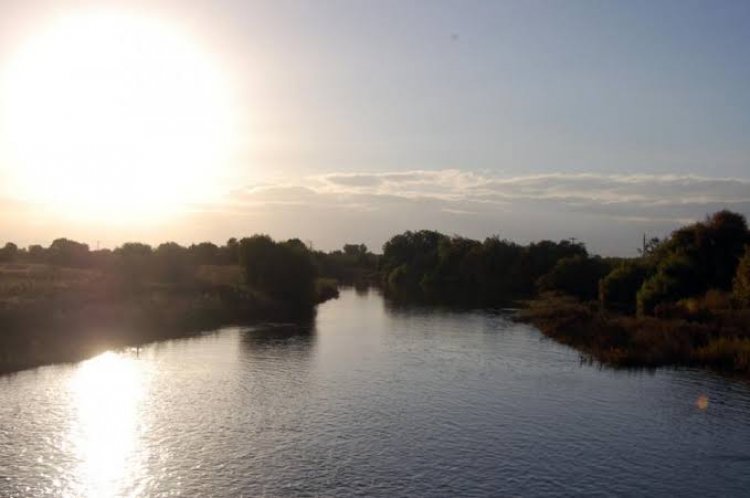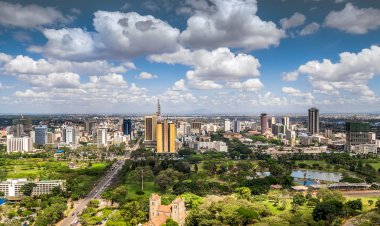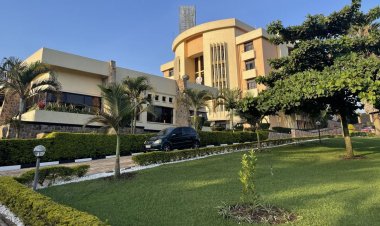How Do Water Rights Work?
Water is the heart of agriculture. The availability of fresh water makes it possible to grow crops and raise livestock. Water used in agriculture is mostly from surface waters like rivers and streams.Land owners whose land are adjacent to the water bodies have some rights on how they can use such source of water.

Riparian rights are a type of water rights that give land owners access and usage of flowing water bodies like rivers and streams.Littoral rights guarantees access and usage of water from lakes, seas and oceans. In order to be classified as a riparian landowner, the land owner must own the parcel of land adjacent to the water like rivers and streams.
A owner holding this land can make use of the water for their needs like drinking, watering animals, bathing or even watering gardens. However it does not allow for the water to be pumped or removed from the flowing river or stream.These rights are connected, meaning they run with the land , and not with the owner. If for example and oceanfront property is sold, the new owner gains the rights and the seller relinquishes the right.
Land owners do not have to use water to keep their riparian rights. New uses may be started at any time as long as the new use is a reasonable one. This is because the right is attached to the riparian land, and so a non use does not extinguish the right.
Land owners have the right to use the water as such use does not harm upstream or downstream neighbors. In the event the water is non navigable waterway, the landowner owns the land beneath the water to the exact center of the waterway. He or she cannot also acquire a water right against another riparian owner because the riparian use, even if unreasonable, is not a claim against the other riparian's right, even if the second riparian landowner is not using any water.
Riparianism limits the use of water to only those land owners with riparian land. Non riparian land owner do not have exclusive access to the water's edge or use of the land beneath the water.

































